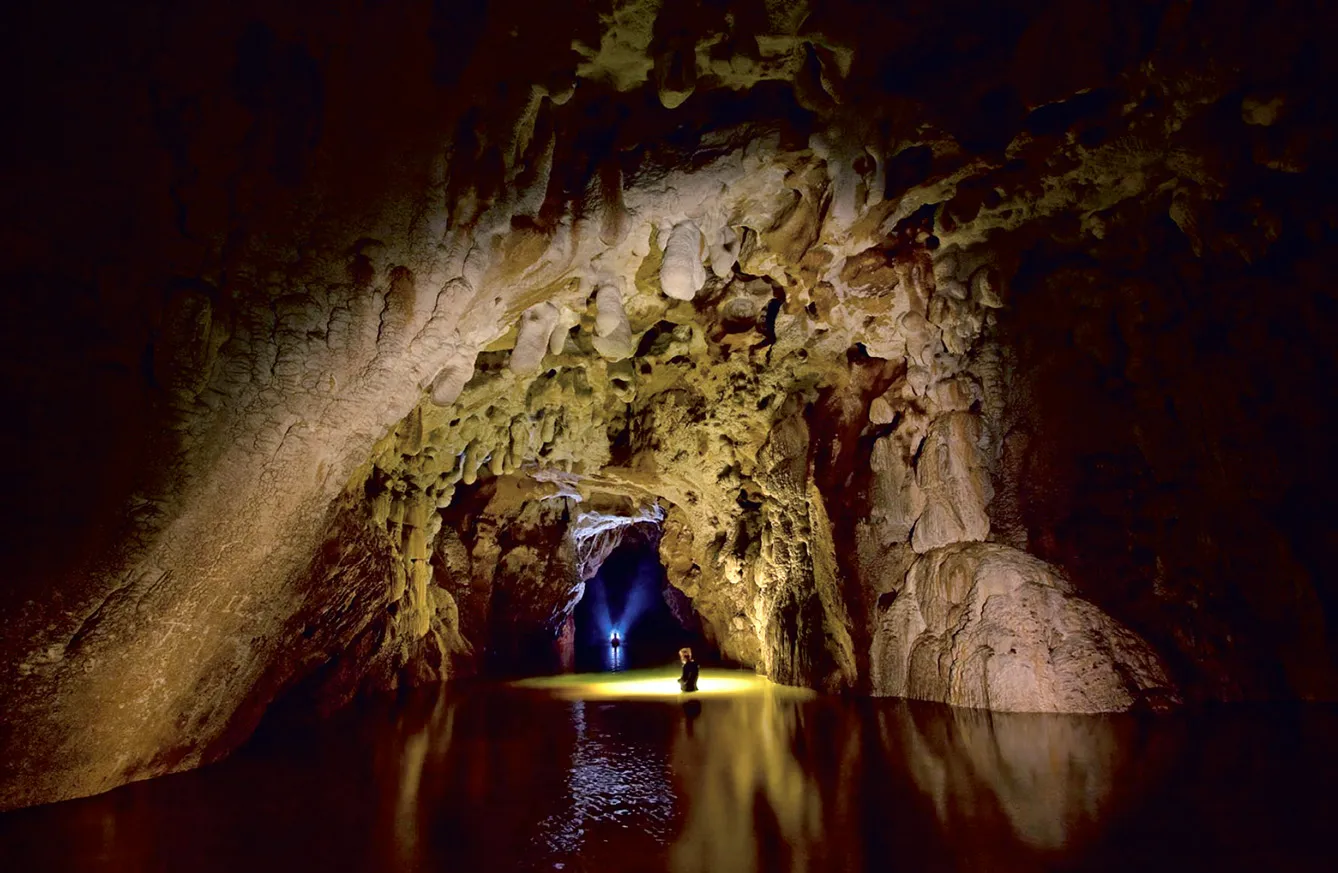Prehistoric cave art is nothing new to Europe, or at least not to Western Europe, where hundreds of such galleries have been found within the depths of French and Spanish caves. In Central and South-Eastern Europe, however, the situation is very different, as little to no examples of Stone Age art have been discovered. This changed in 2010, when Paleolithic cave art, the earliest period of the era, was found in the Coliboaia cave in Bihor county.
Coliboaia, the Romanian Lascaux
The drawings were compared to those of Lascaux in France and Altamira in Spain and are found inside a 750 meters long cave located in the Apuseni National Park. The pictures depict heads of bison, bears, rhinoceros, horses, and other animals and are all drawn in black charcoal. Some believe them to be the oldest form of cave art in Central Europe’s history, compared to those found in Chauvet Cave in France.
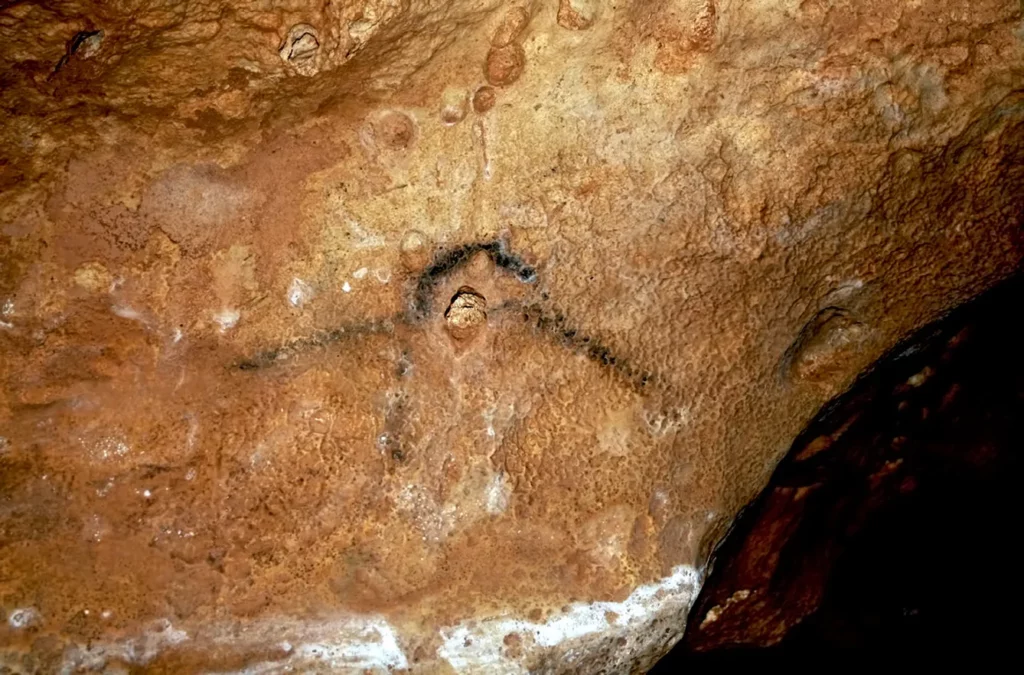
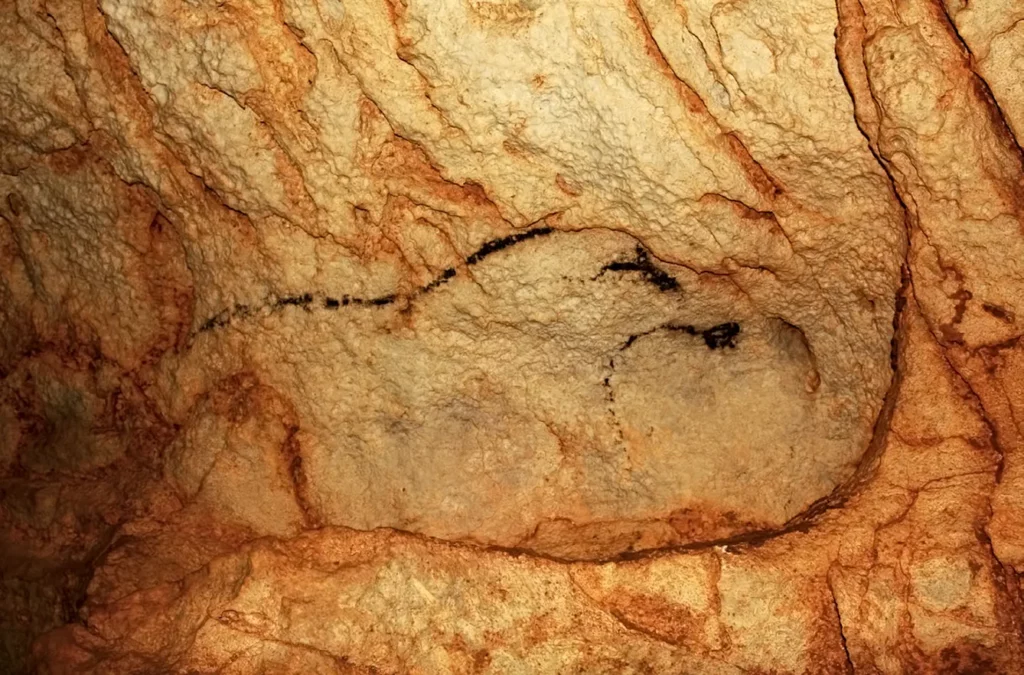
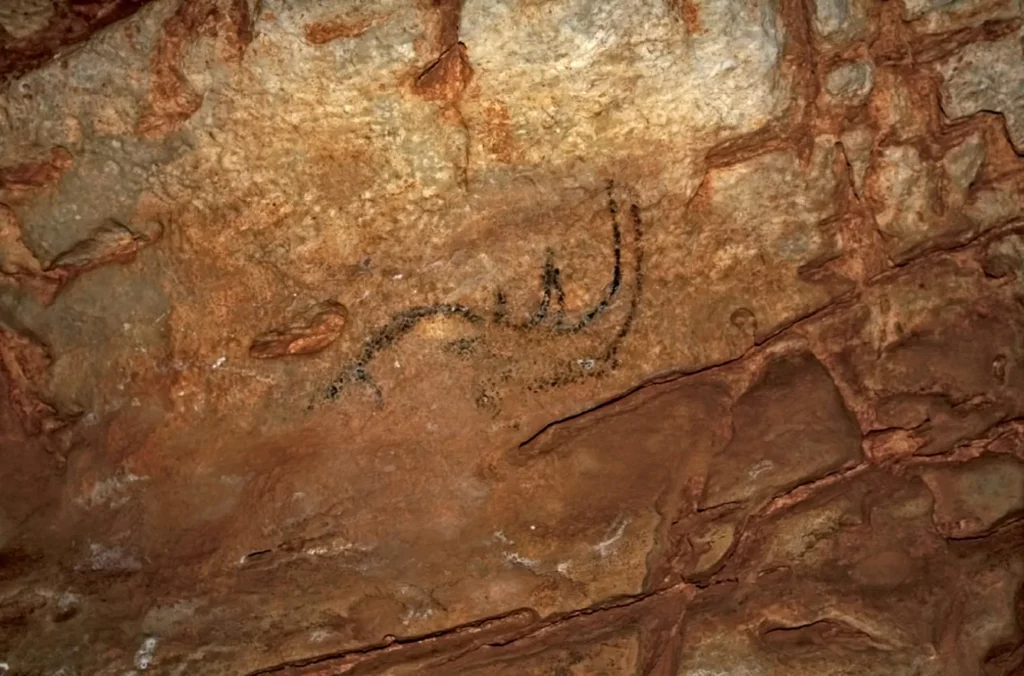
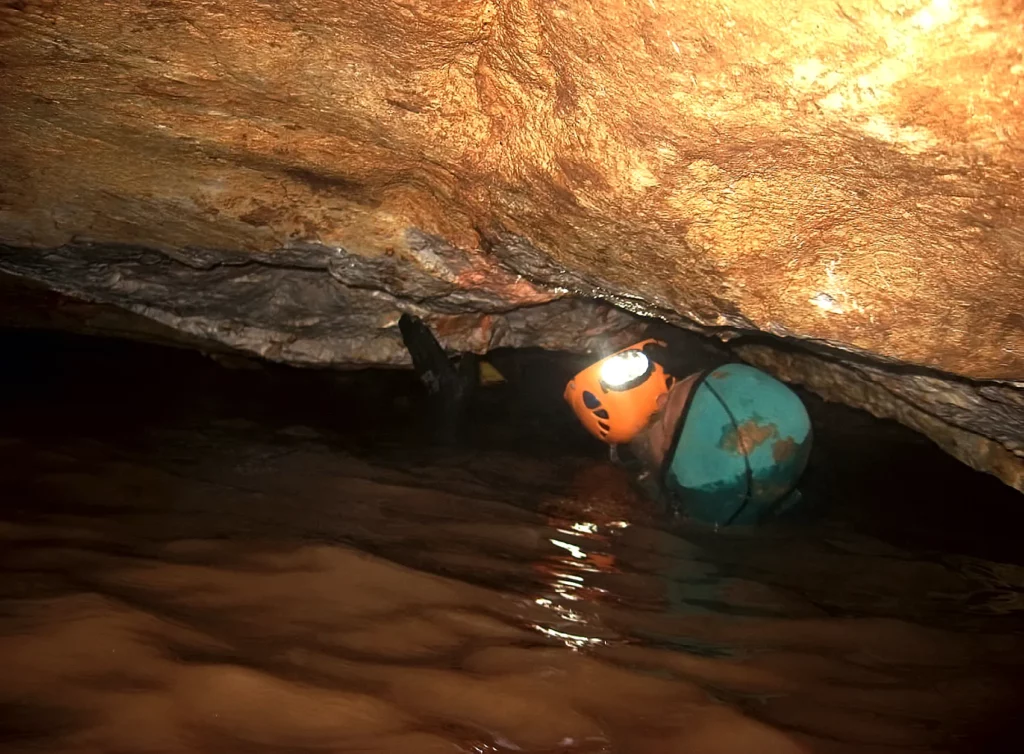
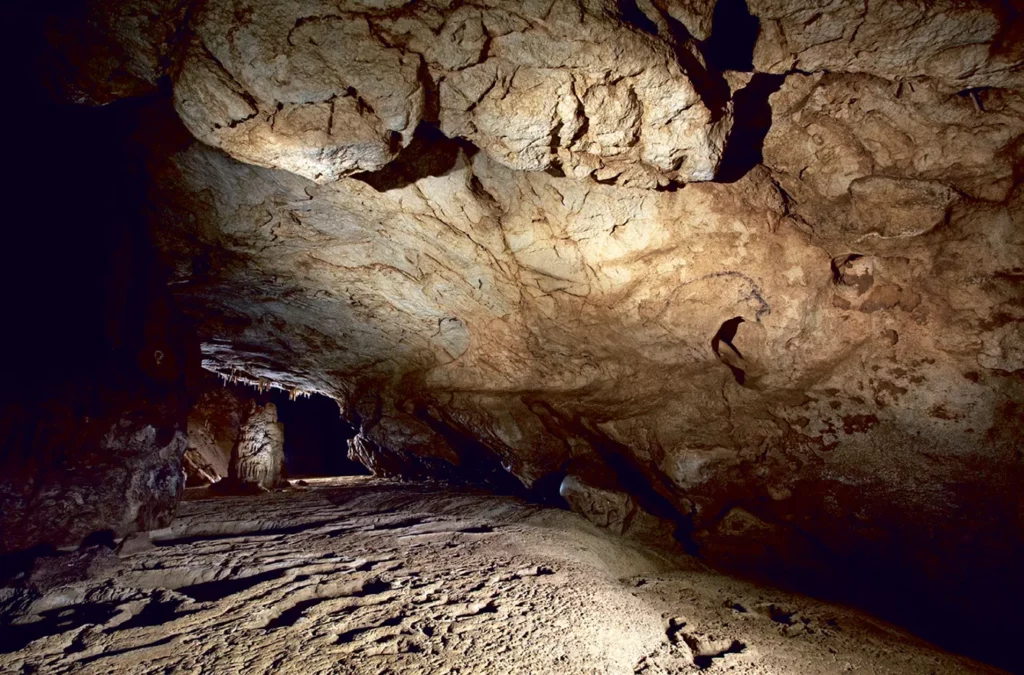
“The paintings are the oldest in Central Europe and rank at the same level in terms of value and importance for the history of humanity as the Cheveau Cave in France, a cave which is also renowned for its age,” Cris Rivers’ Country Museum director, Aurel Chiriac, told Agerpres.
Cave lost in Apuseni
Access to the cave and to the pain gallery is extremely difficult. The great chamber collapsed, and to look at the paintings, speleologists were required to pass through a lake created as a result of the collapse of the great chamber ceiling. Moreover, parts of the cave are completely flooded, which made access without special equipment impossible. Swimming, climbing, and peeking out in flooded areas were required to reach some of the paintings. The authenticity of the paintings was confirmed by a team of French experts shortly after the discovery.
Before the tremendous discovery of the Coliboaia cave, the only form of cave art present on Romanian land was the Cuciulat cave. At the time of its discovery, it was the only form of prehistoric art in Central Europe, linking the Western specimens to the few that were found far East in Russia. Not only do the paintings in Coliboaia surpass the historical value of the Ciuculat examples (attributed to the Neolithic, with an age of 10,000 to 12,000 years), but once the Ciuculat cave entrance has collapsed and the access ways to the gallery have also crashed, the further exploration process was abandoned. The discovery of cave art in Coliboaia revived the hypothesis according to which Romania is the bridge between West and East, proof of the ties formed in the region during the world’s oldest eras.
“The Coliboaia dates are important because they prove that from the earliest times of cave art in Europe, people had the same cultural practices all over the continent,” says Clottes, a prominent French prehistorian, head of the French expertise in the Coliboaia cave. The discoveries at the Coliboaia cave have proven to be of great value to Romania, Europe, and the entire world. Located in Romania’s most complex and large cluster of caves, Coliboaia is a starting point in understanding the behavior of prehistoric human interactions, linking Central Europe to the rest of the continent.


